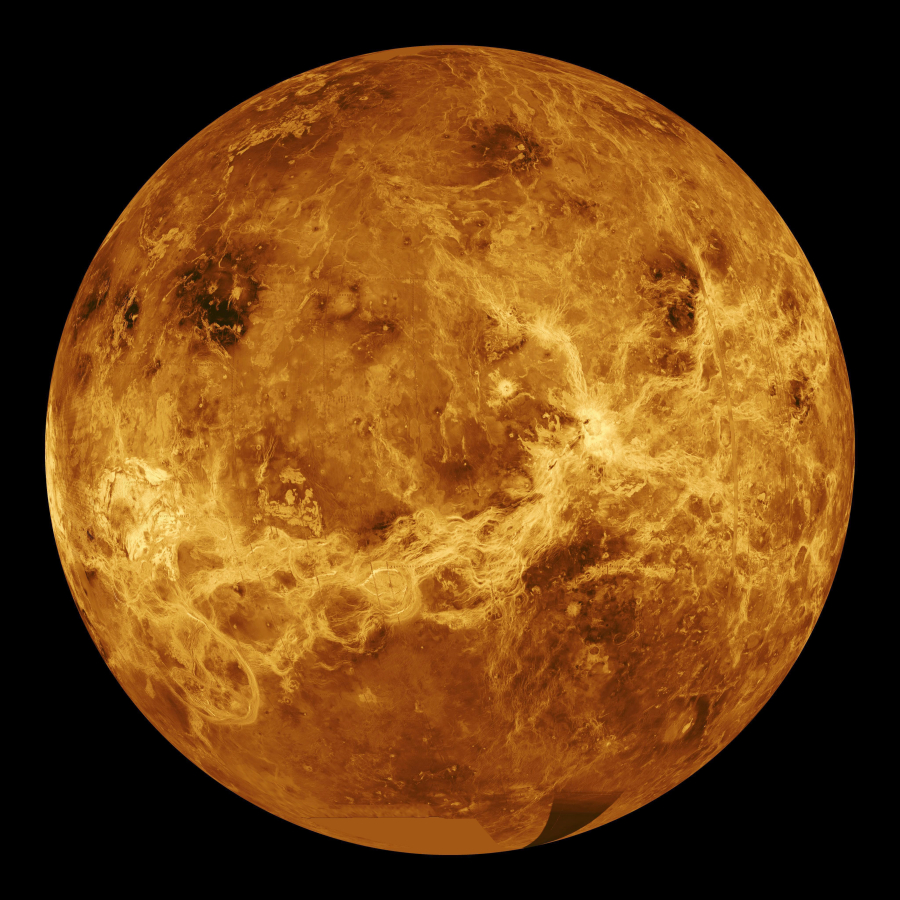What’s up in the heavens this season?
Clouds, of course.
The overcast Pacific Northwest is not the best wintertime base for admirers of the night sky. According to World Atlas, Portland is the fifth cloudiest city in the United States.
All bets are off if you want to stargaze in winter. I asked astronomer Jim Todd of OMSI for any magical winter-stargazing tricks. His response was to recommend wool socks and a wool blanket and a thermos of something hot. Fingerless gloves are great if you’re working with binoculars, a telescope or a night-sky app but bring mittens too, he said.
Phone apps haven’t just taken over the world; they’ve taken over the sky too. Todd has a handful of recommendations for astronomy and stargazing apps that not only isolate and identify heavenly objects for you, but provide all the background information you could want.
One is the free NASA app, which offers basic stargazing help but is even stronger on general educational content, Todd said. It offers the latest photos from space telescopes, information about ongoing space missions and tips on spotting the International Space Station as it passes overhead. (Which it does, incredibly, every 90 to 93 minutes, according to NASA.)
Better for real stargazing, Todd said, is SkyView. The SkyView app not only identifies whatever heavenly objects you point your phone at — from stars and planets to Earth-orbiting satellites — but also provides daily updates about sighting opportunities. Some versions have extra-fancy features that let you “stargaze” through your ceiling while indoors — pretty comfy when it’s cloudy or raining outside.
“This is your go-to app for viewing the night sky,” Todd said of SkyView. “There is a free version, but the paid version offers more features and is well worth the $1.99.”
Todd also recommends the apps Night Sky and Sky Guide, each of which comes with great stargazing functionality as well as other educational and entertaining bells and whistles, he said.
Ice giant
OK, but in upcoming weeks, what’s actually up there and visible — with luck — to us?
Uranus, perhaps. (I’m skipping the obligatory grade-school joke here. Or am I?) On a very dark, clear night, your unaided eyeball just might be able to catch the seventh planet in our solar system, despite its awesome distance from us (1.8 billion miles), because it’s so uniquely blue-green and in a relatively empty patch of sky. If not, binoculars should definitely do the trick.
Uranus emerges after sunset, about 60 degrees up the southeastern sky, and remains visible until early morning. The ice giant has been creeping westward across the southeastern sky all month, but tonight is the night it seems to stand still before starting to slip eastward again.
Before and after sunrise
Venus, by contrast, is the planet closest to us. Did you feel the breeze in early January as it whisked within just 27 million miles of Earth?
Venus recently shifted from sunset star to sunrise star for most of the rest of this year. If you’re an early bird, Venus can be your best morning friend in coming months as it rises brightly in the east-southeast about 30 minutes before sunrise.
Venus will become so exceptionally bright in early February — thanks in part its highly reflective atmosphere — that you may be able to spot it in a clear daytime sky. But that won’t be easy. Experienced stargazers recommend spotting it before dawn and then tracking the planet as it rises into the blue. Also helpful is looking from a shady or dark spot and using a landmark like a tree or building so you don’t lose the tiny point of light in daytime. Peak daylight Venus viewing will be around Feb. 9.
In late February, especially the morning of Feb. 27, Venus will closely approach red planet Mars, and will be easy to find just to the left of a pretty sliver of waning crescent moon.
Rust-colored Mars will continue to brighten and climb higher over the next few months, too.
All of this is weather permitting, of course.




